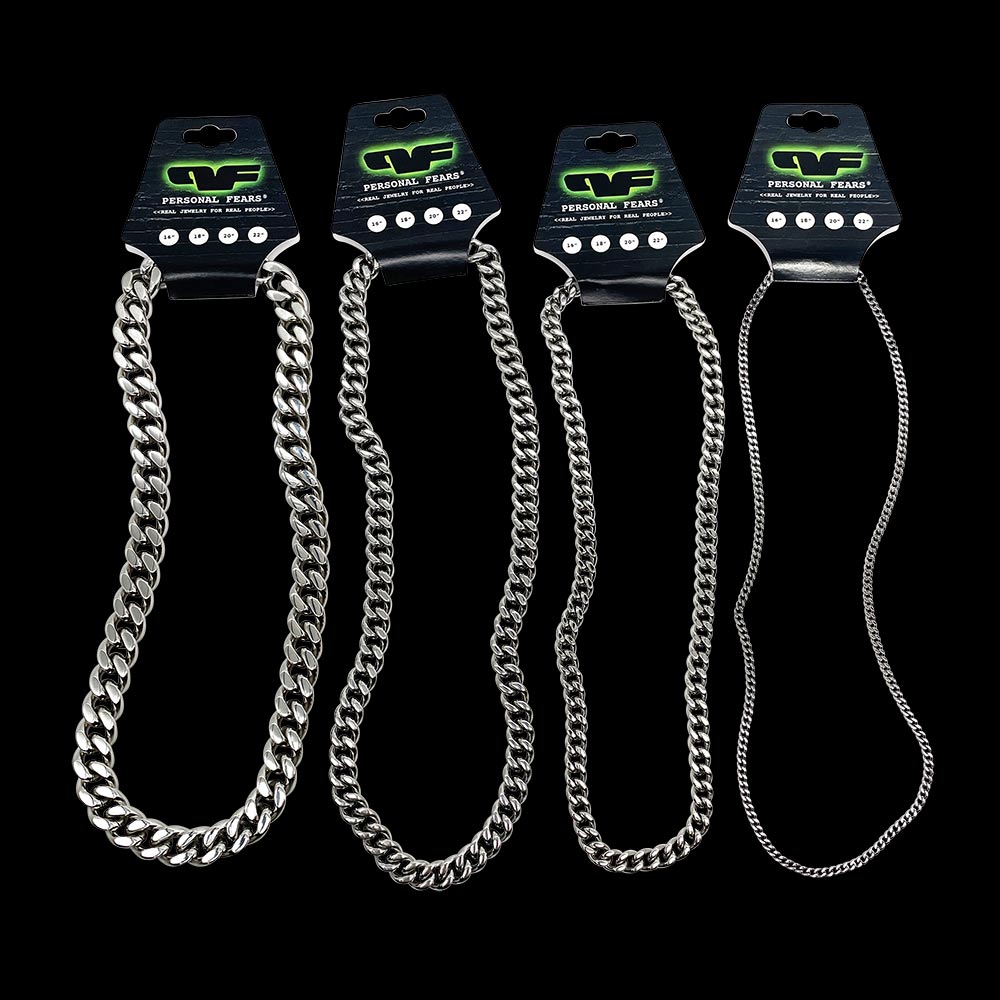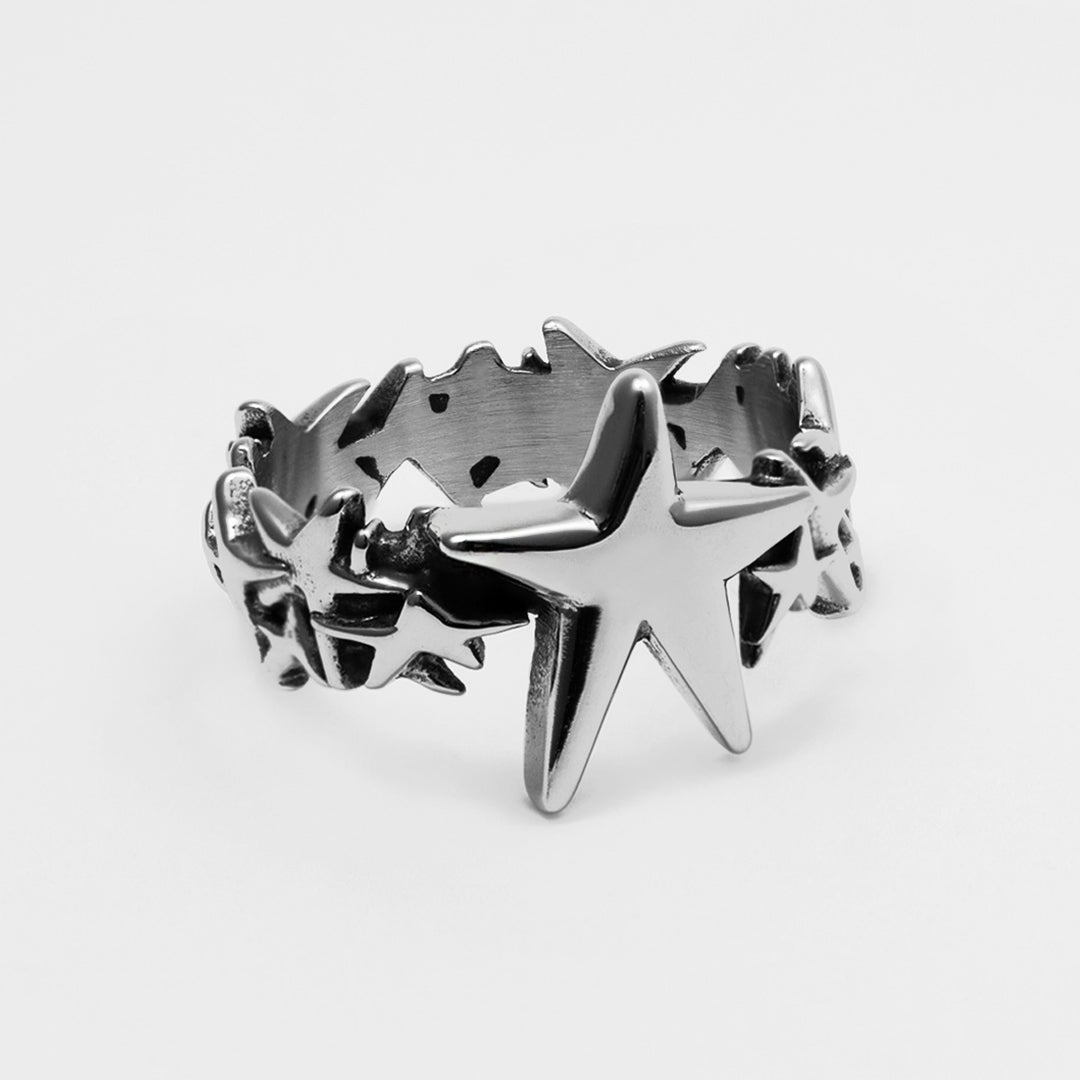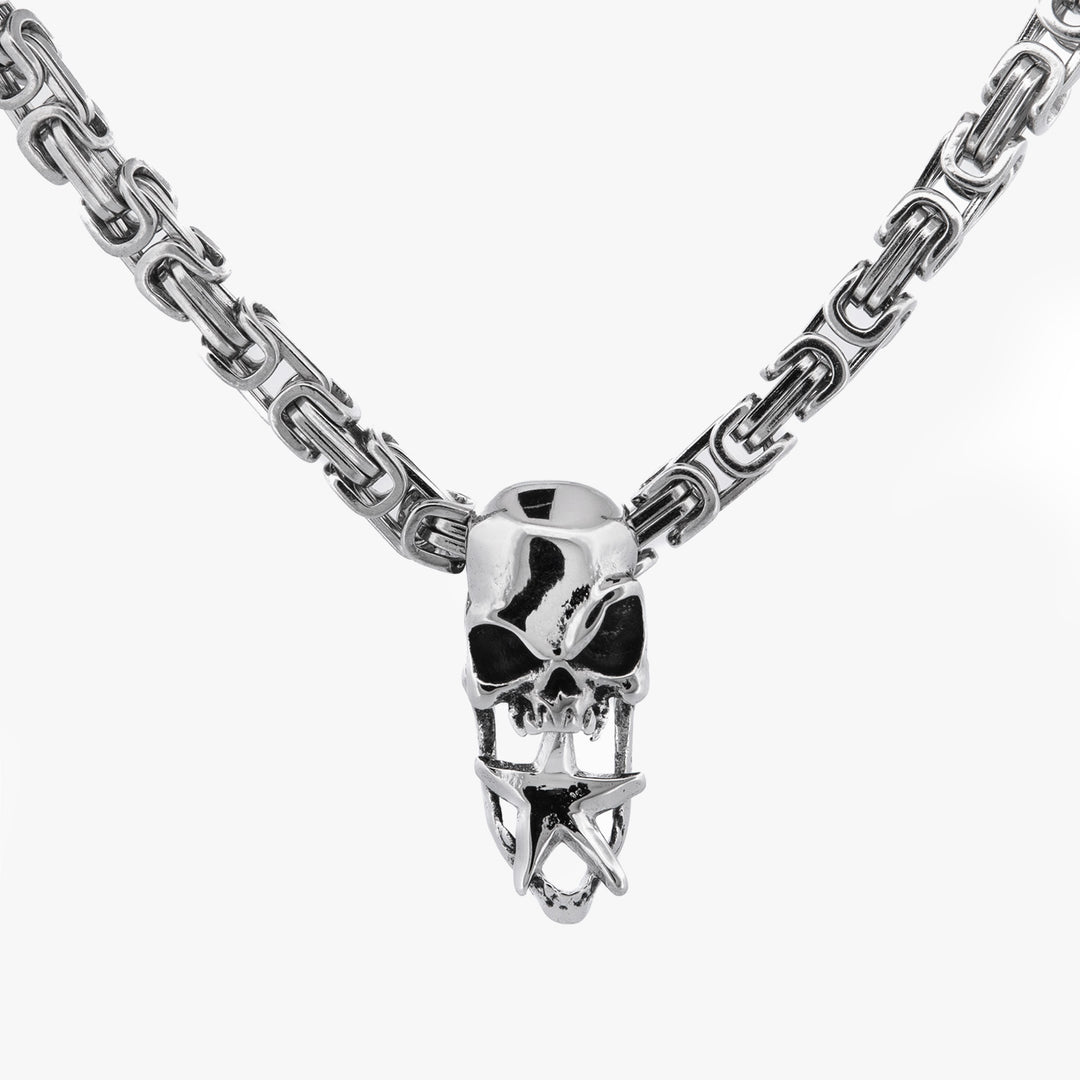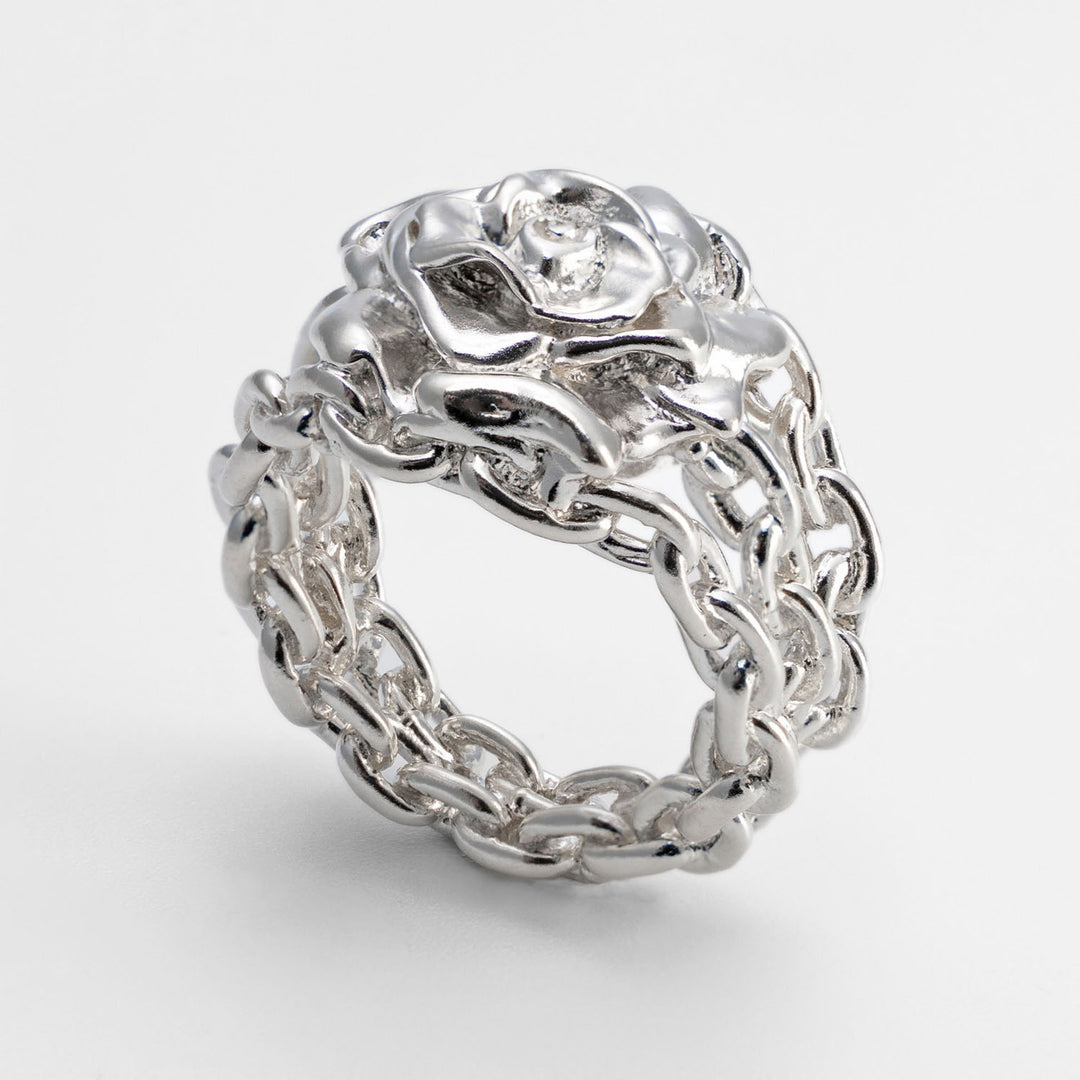CBGB - I wish I was there
Written by - Blaal Chudhary
In the year 1974, inside a little worn down dive bar turned music venue covered in punk rockers in mohawks, filth, stickers, posters, and paint, history was being made within what would become American punk rock music. A long haired, Skinny jeans and black leather jacket-wearing band known as the Ramones were about to play the fist of their 70ish shows at “CBGB OMFUG”. This was a moment in music history that none of the audience who were there for cheap drinks and even cheaper live music would know of just yet but these four guys were about to help pioneer punk rock music in America. 
CBGB OMFUG which stands for Country Bluegrass Blues and Other Music For Uplifting Gormandizers, now what does that have to do with punk rock music, absolutely nothing. Nothing about CBGB indicated the cultural impact that it would have, it was a dive bar located under a flophouse turned into a music venue with absolutely minimal renovation, the bar was small and had remained untouched since the 1920’s as the previous tenants was a cheap biker dive bar. The entire place over the years was covered in spray paint, ink, stickers, and posters and bands trying to promote themselves. The venue reeked of piss on most days, and the bathroom was notorious for being filthy and for not having a door for some of the stalls.
It was even rougher outside the venue, as the bowery of the East village at the time was one of the roughest neighborhoods in an already very worn down 1970’s New York. The Bowery was plagued with homelessness, poverty and violent crime. Hilly Kristal the founder and owner of CBGB would grow to collect dozens of knives and other weapons found around and in CBGB. CBGB was not a safe place, it was a place with punk rockers living up to the name, there wasn’t really respect for authority and within CBGB violent incidents were a regular thing. Despite all of this I would do anything to be there, and that's not only because of my massive crush on Debbie Harry who was a regular at CBGB with her band Blondie. The magic that is CBGB was not visual, it was not entirely in the music either, it was a feeling that the punk rockers had, they were making history without knowing that they were making history. Bowery and the east village being undesirable places there were artists and creativity embedded in the bowery, because the environment helped facilitate the art and the art was far more important than the environment. It was not about fancy things or even nice things, it was about what was real. It was a place where outcasts could be outcasts, you could wear what you want to wear. You could scream when you wanted to scream, that was CBGB.
In order to fully understand the importance of CBGB it's important to understand the landscape of music in New York at the time. 1970’s New York was not a happy place, Newyork had a lot of crime and it was rough financially for many people, but as history shows, tough times breed art and creativity. At the time the popular music was Disco which was formulaic and dreadfully boring to some and out of that want for a change in tempo and a return to the basics was born as punk rock. CBGB became the opposite of the disco scene. Hilly Kristal a former musician turned venue manager had opened a couple of venues under the name Hilly’s and opened a venue at the Bowery due to it being only 600$ a month for rent, Hilly’s did not catch on amongst the locals and that is when the name change came to be CBGB OMFUG with the main rule being only original music and no cover bands. At the time west of what became CBGB, there were bands such as the velvet underground, The New York Dolls, and the stooges already making music opposite to Disco, and this was intensified at CBGB when the bands wanting to play at CBGB were the likes of Television and the Ramones.
These bands were able to hone their sound while performing to art kids, outcasts, and outsiders. There was no pressure or really any cover charge. These musicians were not playing in big venues, they used CBGB to create and hone their sound and in turn bands like Ramones, Blondie, and the talking heads which at the time were not ready to be commercially successful, had some of CBGB in their sound. CBGB was more than just a type of sound as these bands did sound different but it was a thought process, a rejection of the norm and embracing doing what felt right and what felt real above commercial success. This eventually led to these bands finding commercial success, and this did bring a level of popularity to CBGB which became a New York staple, Despite CBGB gaining in popularity and becoming the heart and soul of punk rock in NYC, it always welcomed innovation, as in the 1980s it helped form the sound and create what become Hardcore rock with bands such as Agnostic Front Murphy's Law, Cro-Mags, and Youth of Today. In the 1990’s CBGB became popular enough that the likes of Guns n Roses and Green day were performing. Despite all of this CBGB stayed true to itself, it never tried to decorate itself and remained the same in its low cover fees and doorless bathroom stalls, just a place for musicians and listeners alike to find and be themselves up on till its closure in 2006. Despite the filth, crime, danger, and overall mustiness of CBGB, I wish I was there.





